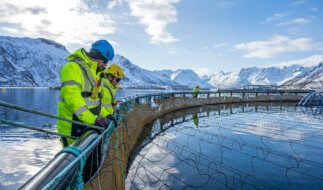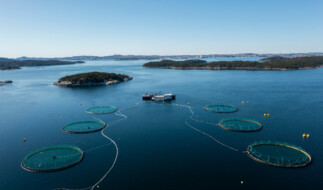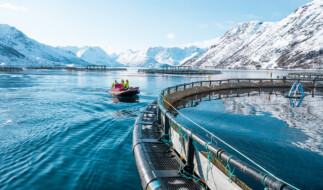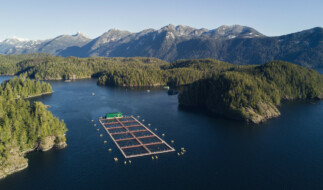Is Farmed Salmon Good For Your Health?
(updated from October 25, 2022)
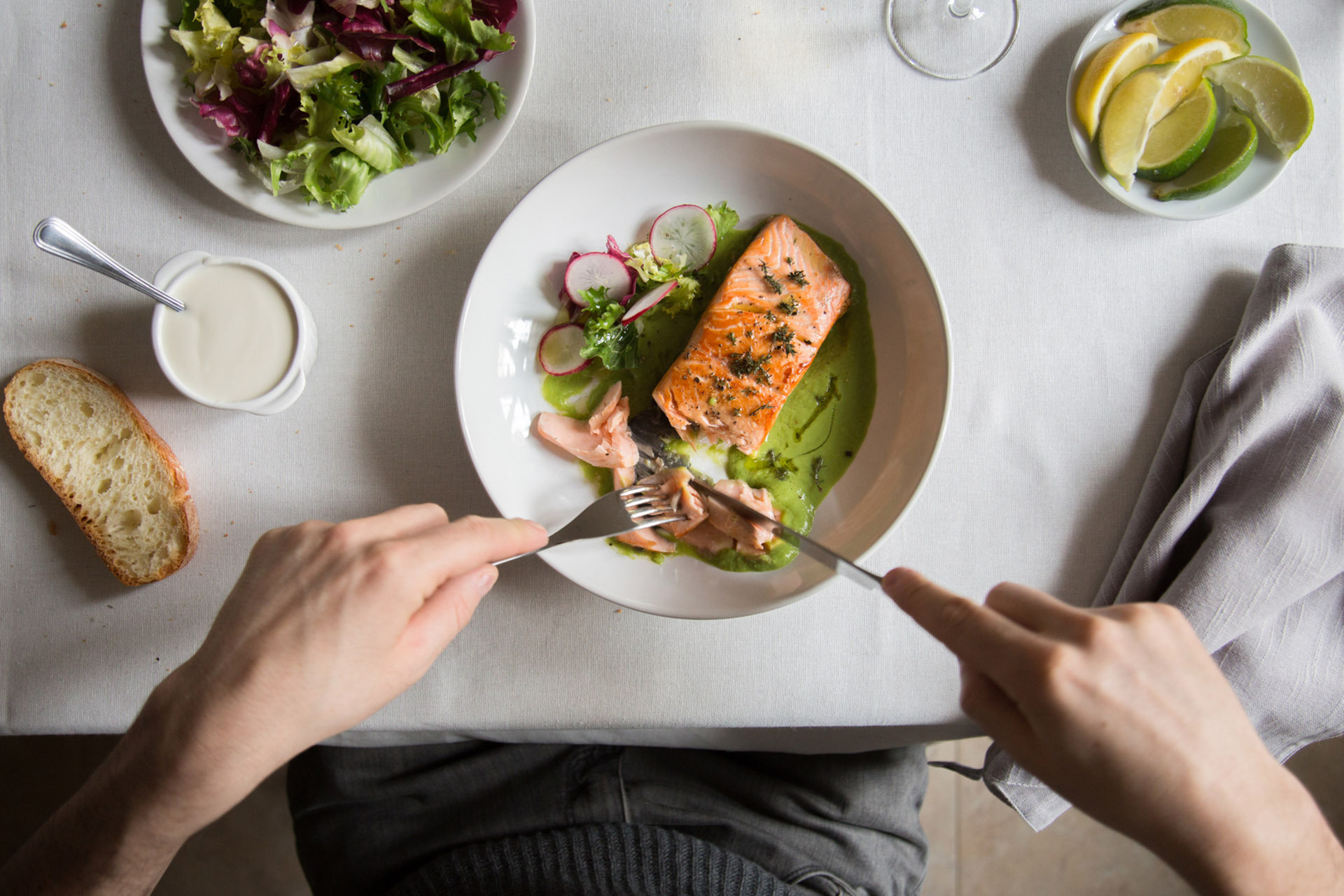
Yes! Read on to find out why.
There’s a constant stream of information online about what we should and shouldn't eat. When it comes to farmed salmon, it can be challenging to navigate the sea of opinions. However, the science is clear: farmed salmon is a safe and healthy choice.
In this blog, we tackle commonly asked questions about the nutrition benefits and safety of consuming farmed salmon, presenting clear, evidence-backed answers. From its rich omega-3 fatty-acid concentration to its status as a complete protein source, learn why salmon is recommended by nutrition experts worldwide.
Is Farmed Salmon Good for You?
Yes! Salmon, wild or farmed, is packed with essential nutrients and is widely recommended by health experts as part of a balanced diet. Both varieties have a similar nutrient profile, though it can vary slightly depending on species, the time of year the fish is harvested, and its diet. Both provide a high content of healthy fats like omega-3 fatty acids, high-quality protein, and essential vitamins and minerals to support overall well-being.
Global health organizations emphasize the importance of regular seafood consumption for its numerous health benefits, including heart health and early brain development. The American Heart Association recommends eating 2 (3oz) servings of fish per week, specifically oily fish like salmon, to support cardiovascular health. Meanwhile, the World Health Organization recognizes fish as an important source of energy, protein, and crucial nutrients, emphasizing the benefits of fish consumption for health outcomes throughout various stages of life.
Salmon is a nutrient-dense protein and an excellent source of healthy fats.
Is Farmed Salmon a High-Quality or Complete Protein?
Salmon is considered a complete and high-quality protein. This means it contains all nine essential amino acids involved in important body functions, including energy production, muscle metabolism, and immunity. These amino acids are termed essential because the body cannot produce them on its own.
Research shows that high-quality and complete protein consumption is crucial for muscle growth, recovery, cell function, and that good ‘fuller for longer’ feeling. Complete proteins are typically found in animal sources like meat, fish, eggs, and milk, along with a few plant-based sources like soy and quinoa. A typical 3.5oz serving of farmed salmon provides between 20-22g of high-quality protein, making it an excellent protein source to add to a healthy diet.
What Nutrients are in Salmon?
Salmon is rich in many important nutrients (both macronutrients and micronutrients), including omega-3 fatty acids, vitamins D, B3, B5, B6, B12, potassium, and selenium.
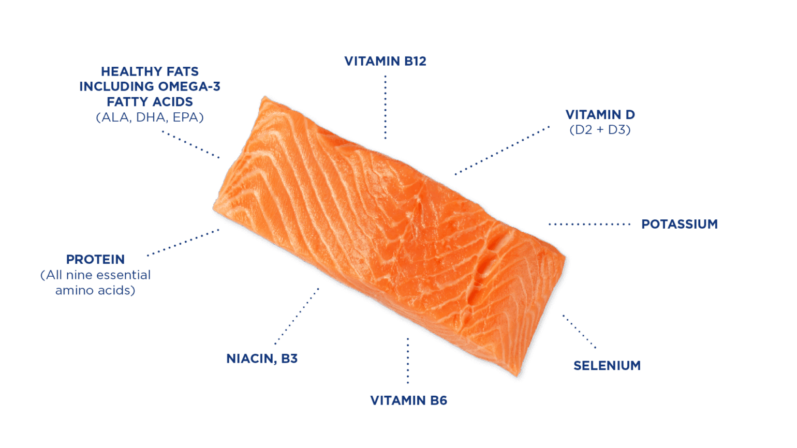
Salmon stands out among nutrient-dense foods primarily because of its rich content of omega-3 fatty acids. These healthy fats are categorized into three types: alpha-linolenic acid (ALA), eicosapentaenoic acid (EPA), and docosahexaenoic acid (DHA). While ALA is found in plant-based sources like nuts and seeds, EPA and DHA are unique to seafood, particularly oily fish like salmon.
EPA and DHA are linked to a variety of health benefits, such as a reduction of triglycerides and blood pressure for heart health, improved cognitive performance in adults, brain and eye development, and reduced inflammation in the body. The body can’t efficiently produce EPA and DHA on its own, which is why seafood like salmon is recommended in dietary guidelines worldwide.
Salmon is also a dietary source of Vitamin D, a widely under consumed nutrient, as well as the B vitamins, potassium, and selenium. These nutrients collectively contribute to better bone, muscle, and immune health, lower blood pressure, improved cognitive function, enhanced metabolism and energy levels, and provide antioxidant and anti-inflammatory properties.
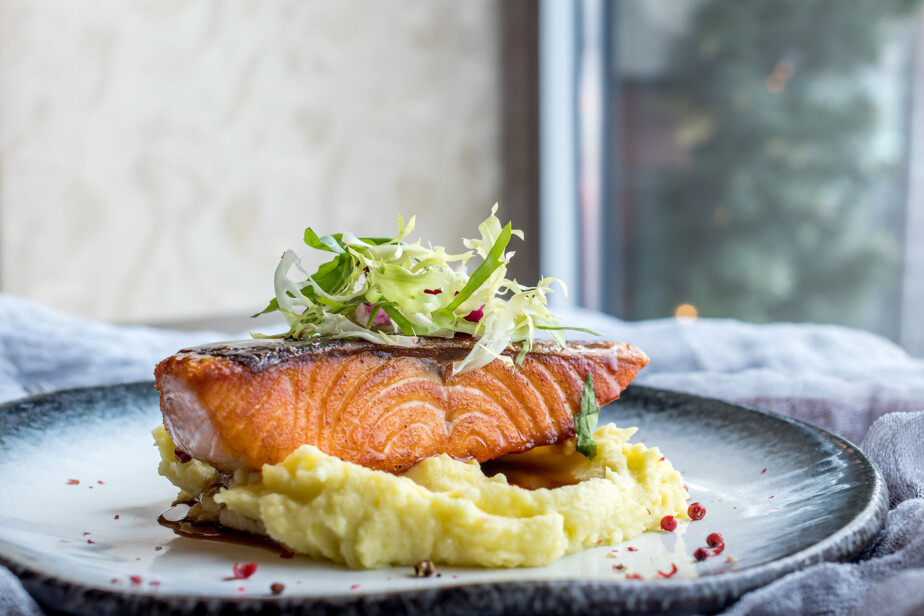
Is Farmed Salmon High in Mercury?
No, while mercury is present in seafood, both farmed and wild salmon contain low levels that are safe for consumption and recommended on the U.S. Food and Drug Administration’s list of “Best Choices” to eat 2-3 servings per week. It’s also listed as a low-mercury option by the European Food Safety Authority.
While more research is needed to determine concentrations in fish and the effect on human health, global health experts and recent reports have deemed moderate seafood consumption to be safe, with the numerous health benefits outweighing potential risks.
Does Farmed Salmon Have Added Color?
No. Farmed salmon does not have color added to it. The pink hue comes from astaxanthin, an antioxidant and carotenoid that is found in plants, algae, and photosynthetic bacteria that are consumed by crustaceans and eaten as part of the natural diet of wild salmon. This nutrient is included in the feed of farmed salmon to ensure they get the same important nutritional benefits as wild salmon.
Both wild and farmed salmon get their iconic hue from an antioxidant called astaxanthin.
Raised to Be Better
Within GSI, we recognize that food choices significantly impact both our health and the planet. As the global population grows, the need for nutrient-rich and sustainable protein sources becomes increasingly critical to support healthier, more sustainable diets. Our members use collaboration as a tool for accelerating improvements across their operations to ensure farmed salmon is raised responsibly, sustaining its health and nutritional benefits while minimizing our impact on the planet. If you’re interested to learn more, take a look at our environmental efforts.
